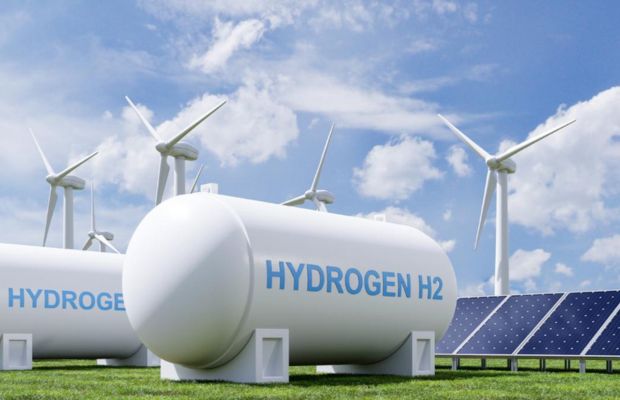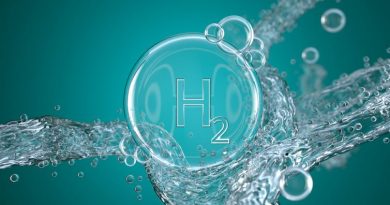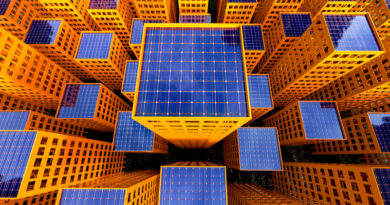Malaysia unveils plan to produce 2-million tonnes of hydrogen annually
Under the Economy and Technology Roadmap (HETR), Malaysia’s Ministry of Science, Technology, and Innovation (MOSTI) would scale up the hydrogen production to scaling to 16 million tons by 2050 under an Emission Driven Scenario (EDS).
 Statcon's Rectifiers Set To Be Used In NTPC's Green H2 Project At Leh
Statcon's Rectifiers Set To Be Used In NTPC's Green H2 Project At Leh
Malaysia’s Ministry of Science, Technology, and Innovation (MOSTI) has unveiled ambitious plans under its Economy and Technology Roadmap (HETR) to produce two million tons of hydrogen annually, scaling to 16 million tons by 2050 under an Emission Driven Scenario (EDS). This initiative aims to support the nation’s decarbonisation efforts in key sectors such as power generation and transportation, contributing to a 10% reduction in greenhouse gas emissions and reducing dependence on fossil fuels.
Science, Technology, and Innovation Minister Chang Lih Kang emphasized a phased approach to transition from fossil-fuel-based grey hydrogen to green hydrogen. Blue hydrogen, which incorporates carbon capture technology, will serve as a transitional solution, leveraging existing fossil fuel infrastructure while mitigating emissions.
“From 2030 to 2040, the focus would be on making green hydrogen more cost-competitive by improving technology and efficiency, paving the way for a sustainable future,“ he said in his keynote speech at the Federation of Malaysian Manufacturers’s Energy Efficiency and Conservation Conference 2024.
Addressing challenges, Chang noted that hydrogen currently costs twice as much as unsubsidized RON 97 fuel, but he projected that it could become cheaper than diesel by 2050 with a gradual shift in subsidies toward renewable energy. Financial incentives such as the Green Investment Tax Allowance and Green Income Tax Exemption are proposed to accelerate hydrogen adoption. Additionally, MOSTI plans to support innovation and commercialization through programs like e-dana.
The global green hydrogen market is forecasted to reach USD 189.19 billion by 2050, with Asia Pacific leading at 43% market share. Malaysia’s share is expected to be 2%, potentially generating RM905 billion in revenue under EDS. MOSTI is also collaborating with Petroleum Nasional Berhad (PETRONAS) to advance blue hydrogen technologies.
Efforts are underway to make Fuel Cell Electric Vehicles more affordable through subsidies and tax incentives on sales, imports, and road use. Financing mechanisms such as low-interest loans and public-private partnerships are being explored to bolster hydrogen infrastructure. To ensure sustainable progress, MOSTI is prioritizing capacity building, offering training programs to equip professionals with the skills needed to drive the hydrogen economy.
Chang believes that this roadmap positions Malaysia as a key player in the hydrogen sector, paving the way for a greener, more sustainable future.




